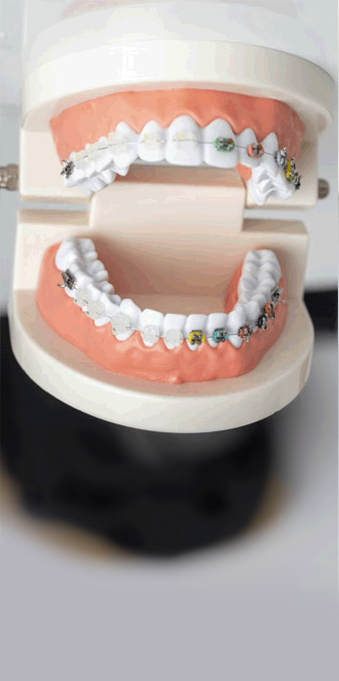
Dental Tips
The Right Dental Home Care
Since plaque can hide beyond the…
May 16, 2023/by Downtown Nanaimo Dental GroupSince plaque can hide beyond the…

The Key to Choosing a Family Dentist
When you have a family to care for, high on your list of priorities…
June 1, 2020/by Downtown Nanaimo Dental Group
What is Cosmetic Dentistry?
Cosmetic dentistry has become a hot topic as both young professionals and baby boomers seeking to improve their smile, but it is a term that can mean different things to different people.
May 1, 2020/by Downtown Nanaimo Dental GroupAdvantages of Dental Bridges
If you are missing a tooth or several teeth, dental bridges are a very natural looking way to replace them. Dr. Mahara, at Downtown Nanaimo Dental Group, is experienced in providing dental bridges.
March 1, 2020/by Downtown Nanaimo Dental GroupHow to Keep your Child’s Teeth Healthy | Children’s Dentistry Nanaimo
Children are fortunate to be growing up at a time when dental…
February 1, 2020/by Downtown Nanaimo Dental Group4 Reasons to Choose Composite (white) Dental Fillings
The Top 4 Advantages of Composite Fillings; composite fillings are more resistant to wear, color adjustable, and easier to polish. Read more about it here.
January 1, 2020/by Downtown Nanaimo Dental GroupHow to Get Over Your Dental Anxiety | Sedation Dentistry Nanaimo
If you’re among the 75% of the population who suffer from some…
December 1, 2019/by Downtown Nanaimo Dental GroupCan Dentistry Help Sleep Apnea and Snoring?
Sleep apnea is a serious sleep disorder that affects a great…
November 1, 2019/by Downtown Nanaimo Dental GroupTeeth Whitening Tips for a Whiter Smile
We all know that having a white smile makes us look and feel younger. Contact Downtown Nanaimo Dental Group to find out how we can help you achieve a whiter smile.
October 1, 2019/by Downtown Nanaimo Dental Group4 Benefits of Digital Dental X-Rays
Downtown Nanaimo Dental Group is pleased to announce we are using digital x-rays in our dental clinic! Contact us in Nanaimo at 250-754-4322 today!
September 1, 2019/by Downtown Nanaimo Dental Group5 Advantages of Dental Implants
A missing tooth could be more of a problem than you might imagine. Did you know that since each of your teeth depend on one another to keep their position, a missing tooth can cause your teeth to shift and tilt?
August 1, 2019/by Downtown Nanaimo Dental GroupThe Truth About Sports Mouthguards
Dentists estimate that between 13% and 39% of dental injuries occur while playing sports. These injuries are what every parent fears will happen to their child: knocked out teeth, injured cheeks or tongue, broken jaws and broken teeth. To make matters worse, up to 75% of all dental injuries affect at least one of the most visible teeth in our smile, the front teeth.
June 1, 2019/by Downtown Nanaimo Dental Group

